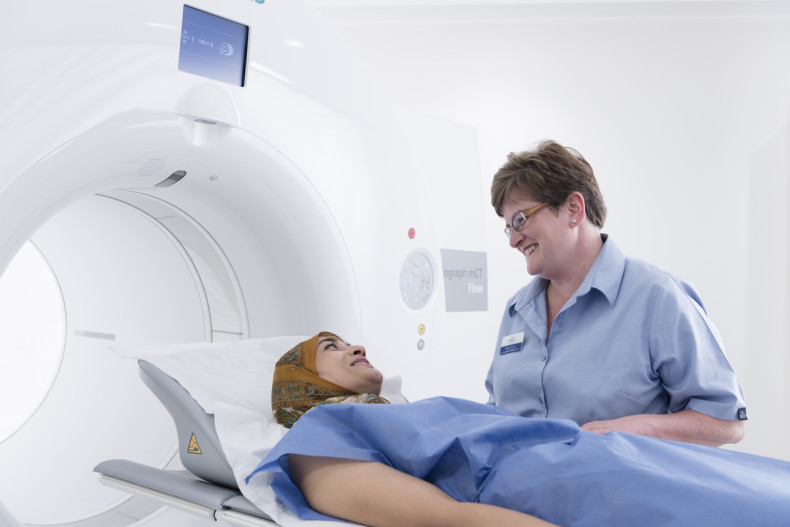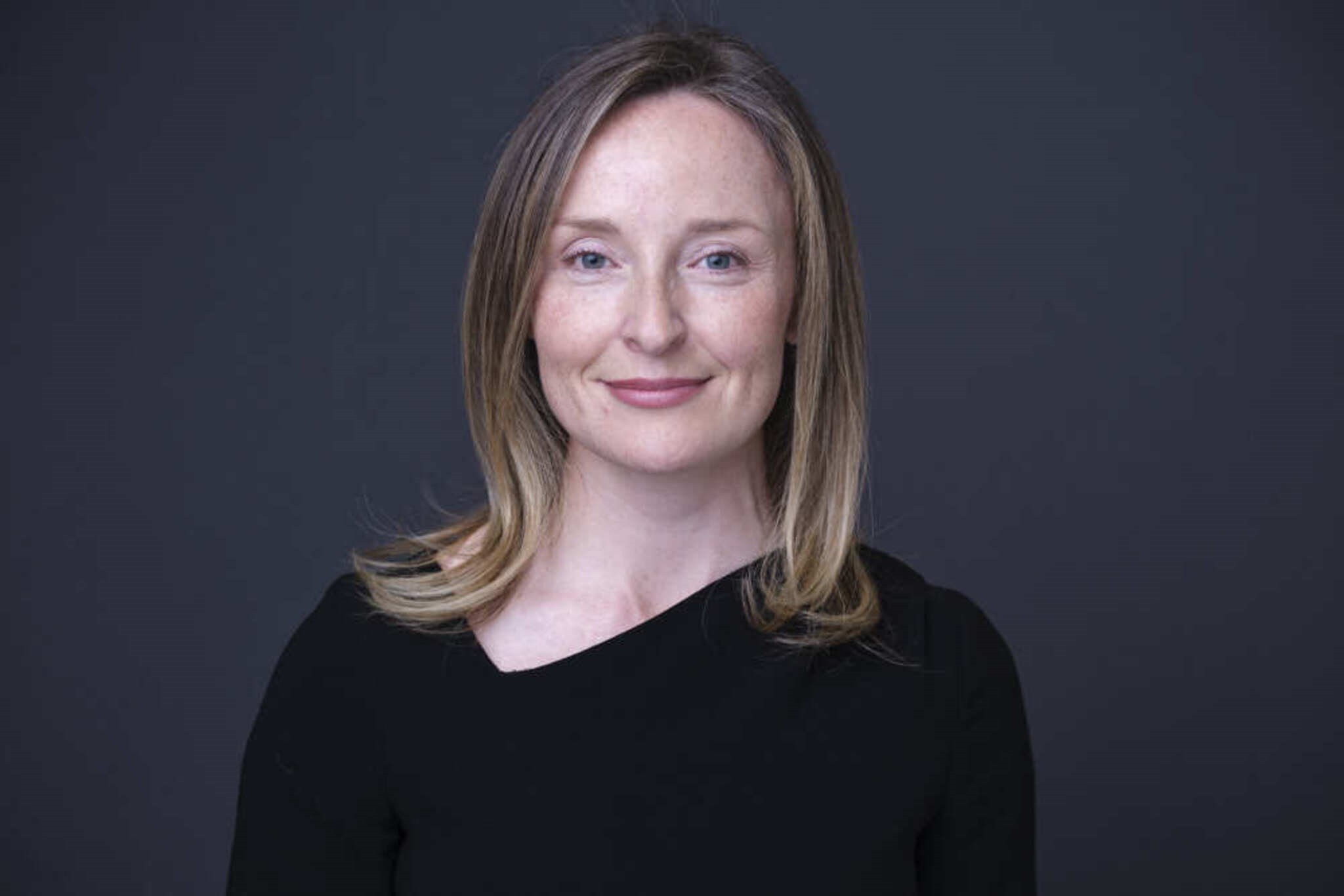Our minimally invasive lung tumour ablation service is an alternative to surgery. Using thermal techniques, our procedures are designed to enhance and reduce patient recovery.
Around one fifth of cancer deaths in the UK are due to cancer of the lung. While cigarette smoking is the main cause, cancer can often metastasise (spread) to the lung from other organs. In fact, around 4% of cancers also spread to the lungs.
Surgery, chemotherapy and radiotherapy are well-established methods to treat lung cancer. However, thermal lung tumour ablation, sometimes referred to as “RFA”, “microwave ablation” or “cryoablation”, is the treatment of small lung tumours with heat or cold energy through a very small incision in the skin.
Our minimally invasive ablation procedures offer an alternative to surgery, using the most current heat or cold-based techniques, and as a result of the small device size, enhances patient recovery.
Alternative treatment for lung cancer
Winner of the 2022 Laing Buisson Awards for ‘Healthcare Outcomes’, our innovative “pinhole” technique for lung ablation is guided by a CT, a medical scan which uses X-rays to gather images of the body. During the thermal ablation procedure, a thin probe is inserted through the skin and into the tumour to deliver microwave (heat) or cryo- (cold) therapy to kill the cancer cells in the area.
Both small primary lung tumours and metastases are suitable for ablation therapy. Heat ablation (with microwaves) is most suitable when a tumour is surrounded by lung tissue, or if there is more than one tumour. Freezing (cryoablation) is commonly reserved for tumours near the outer lining of the lung, or near delicate structures.
Dr Carole Ridge, our consultant cardiothoracic and interventional radiologist at Royal Brompton Hospital and lead for the service, explains: “We will consider the patient’s individual needs and perform microwave or cryoablation accordingly.”
“We have all the necessary provisions under one roof to perform ablation safely in a multidisciplinary environment and collaborate closely with our anaesthetic and surgical teams”, adds Dr Ridge.
Local anaesthesia for an enhanced recovery
Our lung tumour ablation treatment requires a one or two-night hospital stay, and patients are usually back to normal activities after a week with mild postoperative pain. The procedure, which takes around two hours, can be performed under general anaesthetic.
General anaesthetic is not for everyone, due to medical reasons or personal preference. We have therefore introduced an “awake ablation” service for select patients, which relies on local anaesthetic as opposed to general anaesthetic. Instead of being sent to sleep for the procedure, the patient remains awake, and the specific area is numbed to minimise pain during the ablation treatment.
As a result of using local anaesthesia alone, we have decreased waiting times for cancer care from 28 days to 7 days and have shortened procedure and recovery times for these patients.
Who is our service for?
Thermal ablation is best suited to patients who have small (less than 3 cm) cancers, and one or only a few tumours per lung. Some of our patients are lung cancer patients, whose cancer may have been identified during a screening programme or follow-up appointment. “Sometimes these patients are too unwell for surgery, or prefer a non-surgical approach, so we can offer these patients ablation as an alternative”, explains Dr Ridge.
However, most of our patients have cancer that has spread from another organ (a metastasis). “In these cases, we can treat those small tumours, typically with microwave energy – and that’s attractive to those patients because it preserves normal lung tissue and minimises the recovery period after treatment”, explains Dr Ridge.
Aftercare and recurrence
We recommend follow-up scans three, six and 12 months after the procedure, and annually thereafter. Patients with lung metastases usually have follow-up with their own oncologist. We offer follow-up with patients through phone or video appointments, if needed.
In some cases, the tumours can re-appear. For smaller tumours (less than two centimetres in size), the recurrence rate is 10% at one year. For tumours between two and three centimetres in size, there is a one in four chance of recurrence.
If the patient develops tumours elsewhere in the lung and still meets eligibility criteria for treatment, the treatment can be repeated. “It differs from radiation, in that we can treat the same area of the lung twice”, explains Dr Ridge.
Referrals to us
We accept referrals from oncologists, as we work closely with cancer hospitals and charities. For example, we have combined our expertise across Royal Brompton Hospital and Royal Marsden Hospital to form a new Joint Thoracic Service, and to provide a multidisciplinary approach for the best outcome of care.
Our ablation therapy is suited to patients who have small cancers of the lung or metastatic cancer, which has spread to the lung. In the case of metastases, patients with one or only a few tumours are considered for treatment.
Contact us
For more information or to book an appointment, please contact our customer care team.


